Should I pot these up?
elkay_gw
12 years ago
Related Stories
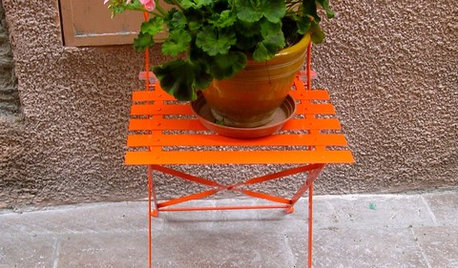
GARDENING AND LANDSCAPINGPotted Plants Perk Up the Streets of Coastal France
Dotting a stairway or perched on a café table, plants in colorful pots and vibrant flowers make a picturesque scene in a town on the coast
Full Story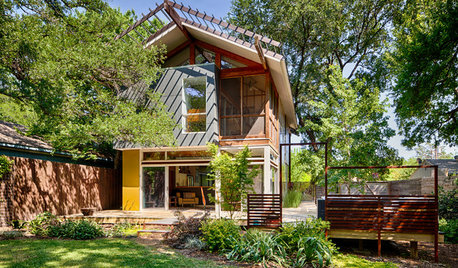
HOUZZ TOURSHouzz Tour: A Modern Garden Pavilion Sprouts Up on an Ex–Pot Farm
This compact Dallas house now connects to its leafy surroundings in a gorgeously irreproachable way
Full Story
KITCHEN DESIGNHouse Planning: How to Set Up Your Kitchen
Where to Put All Those Pots, Plates, Silverware, Utensils, Casseroles...
Full Story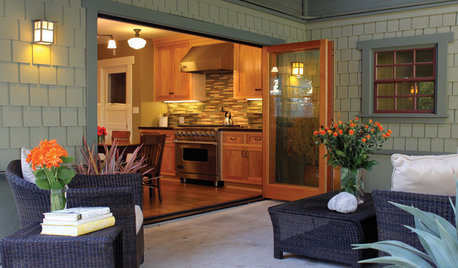
GARDENING AND LANDSCAPINGSpring Patio Fix-Ups: Earn Rave Reviews for Your Patio's Entrance
Consider innovative doors, charming gates or even just potted plants to cue a stylish entry point for your patio
Full Story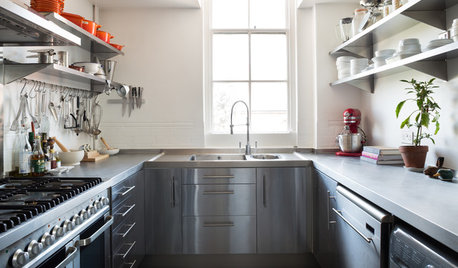
SHOP HOUZZShop Houzz: Setting Up Your First Kitchen
Fill your kitchen cupboards and drawers with these top-notch tools, pots, pans and more from the Houzz Shop
Full Story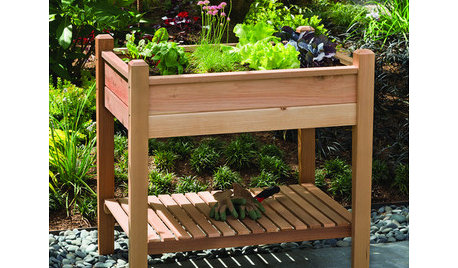
PRODUCT PICKSGuest Picks: 20 Outdoor Planters to Green Up Your Patio
Bring the garden to you with stylish pots, urns and other planters of all shapes and sizes
Full Story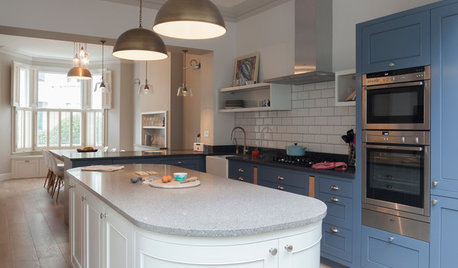
HOMES AROUND THE WORLDTraditional Kitchen Opens Up and Lightens Up
Removing a wall was key to creating a large kitchen and dining space for family life in this London house
Full Story
SPRING GARDENINGHow to Grow a Rose Garden in Pots
Everything can come up roses, even without a plot of soil in sight. This step-by-step guide to growing roses in containers shows you how
Full Story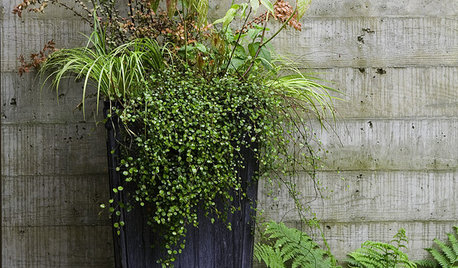
GARDENING GUIDESThe Secret Formula for Grouping Plants in a Pot
Designing a gorgeous container garden is easy once you know this simple rule of thumb for composition
Full Story
HEALTHY HOME12 Ways to Set Up Your Kitchen for Healthy Eating
Making smart food choices is easier when your kitchen is part of your support team
Full Story








pirate_girl
tapla (mid-Michigan, USDA z5b-6a)
Related Professionals
Baltimore Landscape Architects & Landscape Designers · Fitchburg Landscape Architects & Landscape Designers · Redondo Beach Landscape Architects & Landscape Designers · Salem Landscape Architects & Landscape Designers · Barrington Landscape Contractors · Damascus Landscape Contractors · Deer Park Landscape Contractors · Deerfield Landscape Contractors · East Lake-Orient Park Landscape Contractors · Fort Myers Landscape Contractors · Melrose Landscape Contractors · Waltham Landscape Contractors · Westford Landscape Contractors · Washington Interior Designers & Decorators · Rosaryville Interior Designers & Decoratorselkay_gwOriginal Author
tapla (mid-Michigan, USDA z5b-6a)
elkay_gwOriginal Author
greenman28 NorCal 7b/8a
birdsnblooms